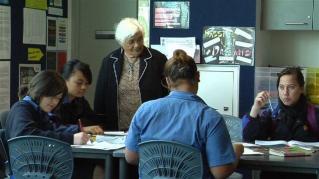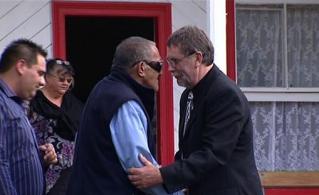Section navigation
06/10/2012
National Standards: Survey of Parents and Whānau 2011 (September 2012)
This is the third report from the National Standards School Sample Monitoring and Evaluation Project 2010-2013, a three year project on National Standards implementation in a representative sample of schools.
Describing results from a survey of parents and whānau, this report focuses on how schools use information from National Standards to report to and communicate with parents and whānau.
This report describes results from a survey of parents and whānau. The perspectives of these respondents are positioned within the methodological framework of the National Standards: School Sample Monitoring and Evaluation Project, 2010.
Analysis is focused around the relevant monitoring and evaluation question from the larger study:
- How do schools use information from National Standards to report to and communicate with parents and whānau?
In particular, the survey was designed to collect information about the extent to which parents and whānau understand the information in their child’s report about their achievement in relation to National Standards and the ways in which families can support learning at home. Consistent with this aim, the views described in this report represent the ways in which parents and whānau have interpreted end-of-year reports rather than an objective analysis of report content. Differences between these perspectives and the findings of a direct analysis of reports are identified.
Key Findings
Evidence suggests that 93% of parents and whānau surveyed received information about their child’s achievement relative to the National Standards in their 2010 end-of-year report. These responses were analysed to investigate the extent to which they understood the information in their child’s report about reading, writing, and mathematics achievement and the ways in which families can support learning in these areas at home. Findings indicate that:
- Most parents and whānau (86%) found the information in the report easy to understand.
- Approaching half the respondents (42%) believed the report they received provided a more straightforward picture of their child’s achievement than reports from previous years. A similar proportion (39%) believed the report was less straightforward.
- Most reports (87%) provided information for parents and whānau about how to support their child’s learning at home. Thirty-nine percent of parents and whānau found this information more useful than in previous years.
National-Standards-Survey-of-Parents-and-Whanau-2011 (2 MB)
Filed under: productive partnerships





